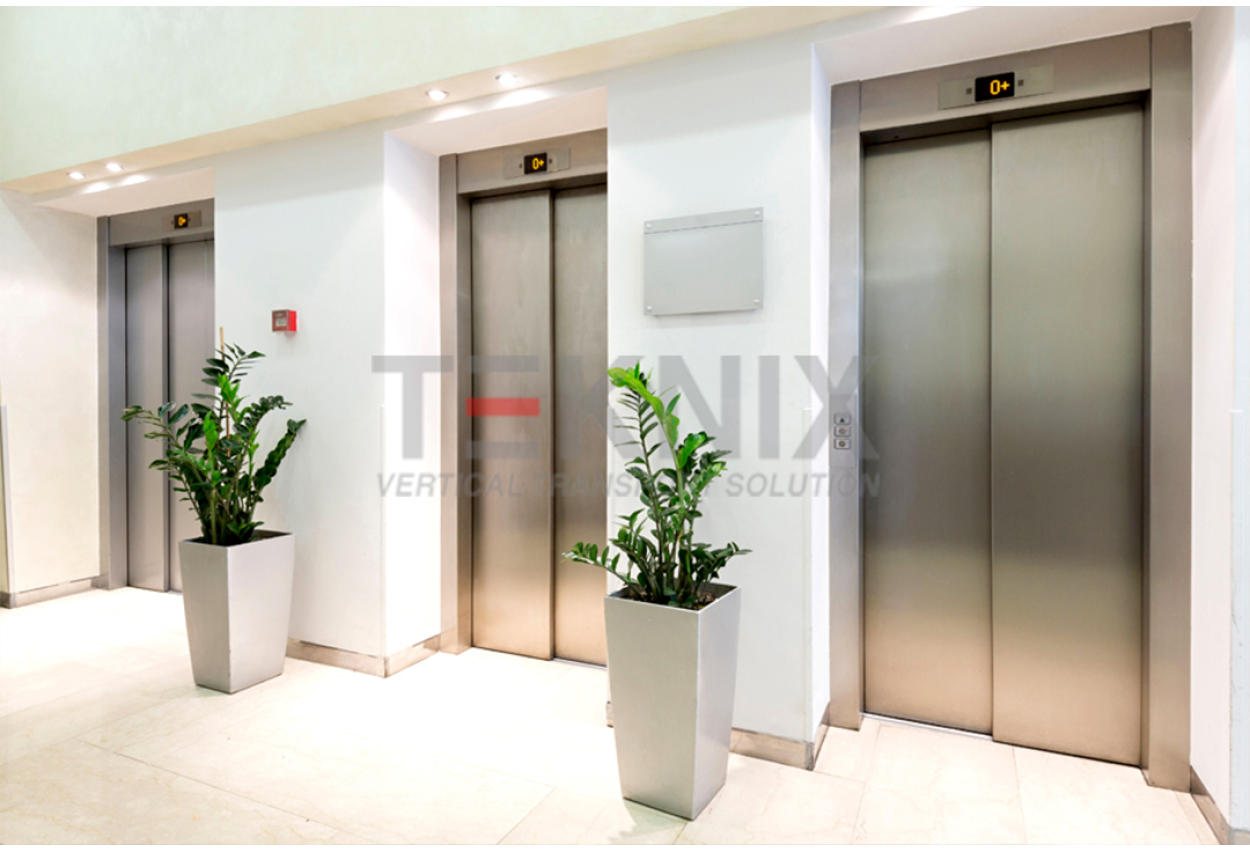We Maintain Lifts with Accuracy: Ensuring Security and Performance
We Maintain Lifts with Accuracy: Ensuring Security and Performance
Blog Article
Exploring the Globe of Elevators: Typical Problems Faced by Numerous Lift Systems
As we browse through the upright transport systems of contemporary structures, elevators stand out as a crucial component of our day-to-day lives. From hydraulic elevators to grip systems and machine-room-less layouts, each lift type comes with its collection of common problems.
Hydraulic Lifts
Hydraulic lifts, typically chosen for low-rise buildings, make use of fluid pressure to manage the motion of the lift cars and truck (lift repair companies). This system involves a hydraulic pump pressing oil right into a cylinder, triggering the lift to relocate the preferred instructions. While hydraulic lifts are known for their smooth and peaceful procedure, they do come with their own collection of usual issues
One prevalent issue with hydraulic elevators is oil leakage. Furthermore, problems with the control system, such as malfunctioning shutoffs or a malfunctioning pump, can trigger interruptions in the elevator's motion.
Routine maintenance and timely repair work are necessary to make sure the smooth performance of hydraulic lifts. By attending to these usual problems proactively, building owners can decrease downtime and ensure the safety and effectiveness of their vertical transportation system.
Traction Elevators
When considering vertical transport systems in structures, one more common type in addition to hydraulic elevators is the grip elevator. Traction lifts run utilizing a system of ropes and counterweights that relocate the lift automobile by gripping onto the hoist ropes. This mechanism permits for smoother and quicker vertical transport contrasted to hydraulic systems.
One of the usual problems dealt with by grip lifts is rope wear. The constant activity of the ropes within the grip system can result in put on and tear in time, possibly triggering the elevator to breakdown or become unsafe for usage. Regular examinations and upkeep of the ropes are important to ensure the elevator's correct functioning and safety and security.
An additional issue that traction lifts may encounter is connected to the control system. Problems with the control system can lead to issues such as irregular movement, delays in response times, or even full closures. Regular testing and maintenance of the control system are critical to avoid such issues and make sure the elevator's dependability.
Machine-Room-Less (MRL) Lifts

One of the key parts of MRL lifts is the small gearless traction equipment that is mounted within the hoistway. This maker efficiently drives the elevator auto without the demand for cumbersome devices found in typical grip elevators. In addition, MRL lifts usually utilize a weight system to stabilize the automobile, further boosting their energy efficiency.
Despite their benefits, MRL lifts may encounter difficulties connected to repair and maintenance because of the constrained area for tools installation. Access for servicing components within the shaft can be restricted, requiring specialized training for service technicians. Proper maintenance timetables and regular evaluations are critical to guarantee the ongoing smooth procedure of MRL elevators.
Overloading and Weight Limit Issues
Overwhelming and weight limit concerns are crucial worries in elevator operations. Lift makers design lifts with particular weight capabilities to guarantee traveler safety and equipment long life.
When elevators are overwhelmed, it puts extreme pressure on the motor, cables, and other parts, possibly causing breakdowns or break downs. Security systems such as sensors and overload sensing units are in location to avoid elevators from moving if they discover excess weight. In addition, exceeding weight limits can cause boosted power usage and deterioration on the elevator system.
To alleviate overwhelming issues, building supervisors need to plainly present weight limitations disabled platform lifts prices uk in lifts and enlighten residents on the significance of adhering to these restrictions - lift repair companies. Regular upkeep checks by certified service technicians can likewise aid ensure that elevators are operating within safe weight specifications. By addressing overloading and weight limit problems proactively, building owners can improve lift safety and security and performance
Electric System Failings
Surpassing weight limitations in lifts can not just lead to mechanical concerns yet additionally potentially contribute to electric system failures within the lift infrastructure. Electrical system failures are an important problem in lift procedure, as they can create unanticipated closures, breakdowns, or also security dangers.
Normal maintenance and inspections are critical to determine and deal with possible electrical issues without delay, making sure the safe and reliable procedure of elevator systems. By sticking to weight limitations and performing routine electric system checks, structure owners can alleviate the risk of electric failures in lifts.
Conclusion

Hydraulic elevators, usually liked for low-rise buildings, make use of fluid stress to control the activity of the lift vehicle.When considering upright transportation systems in structures, one more usual kind aside from hydraulic lifts is the traction lift. Traction lifts operate making use of a system of lift companies in London ropes and weights that move the elevator vehicle by clutching onto the hoist ropes. Unlike conventional elevators that need a separate equipment space to house the tools, MRL elevators incorporate most of the parts within the shaft, eliminating the lift repair near me demand for a devoted equipment space.In verdict, elevators encounter common concerns such as hydraulic malfunctions, grip system failures, and electrical system troubles.
Report this page